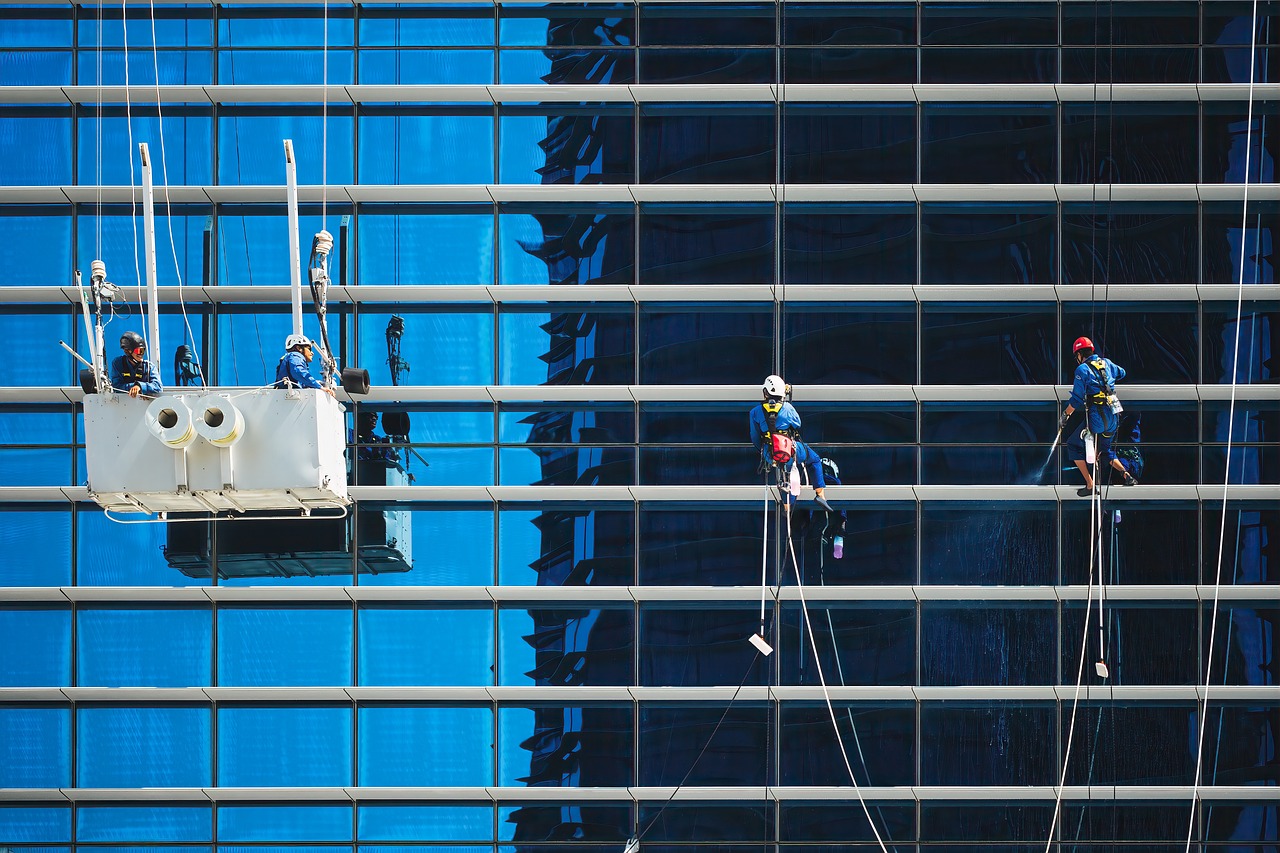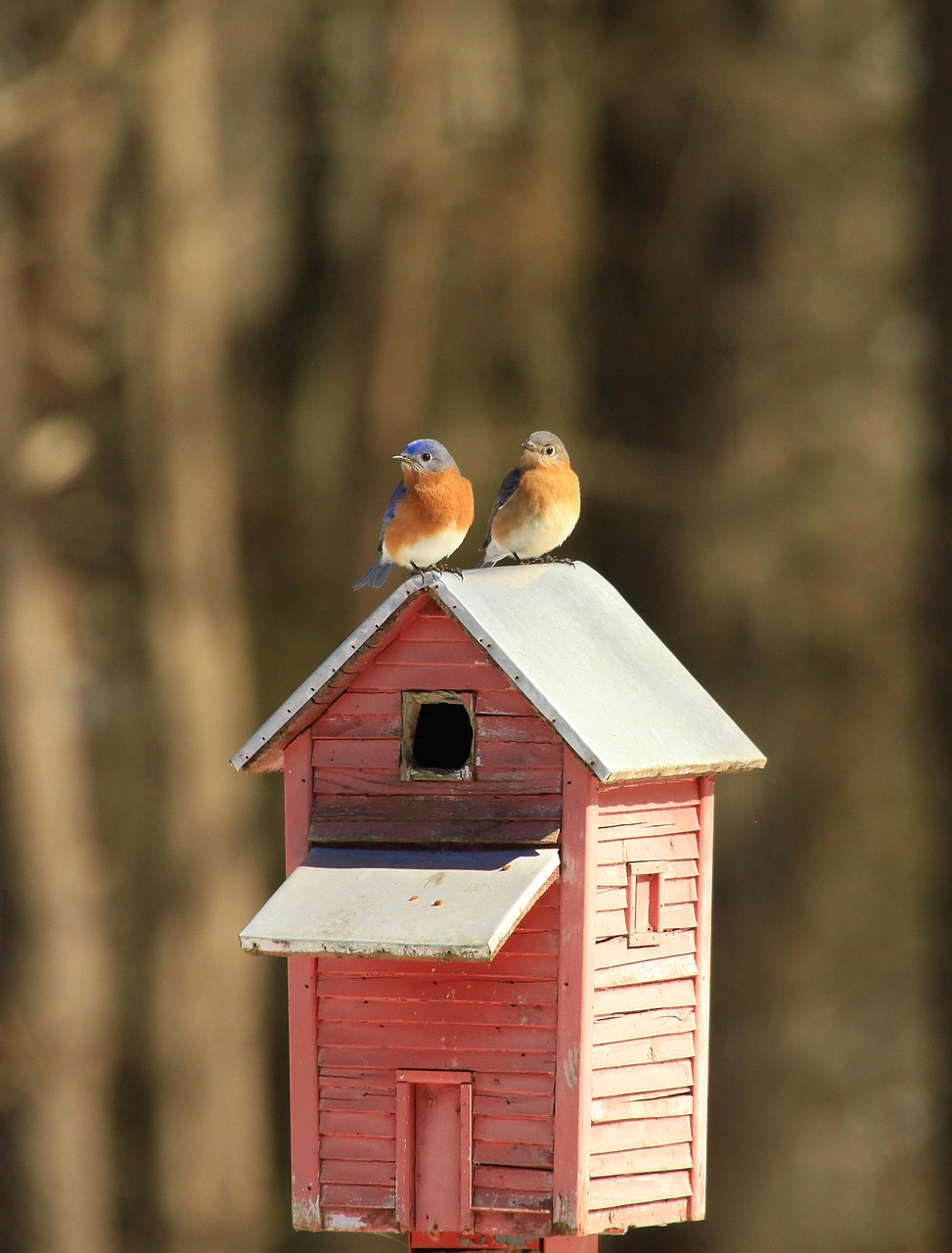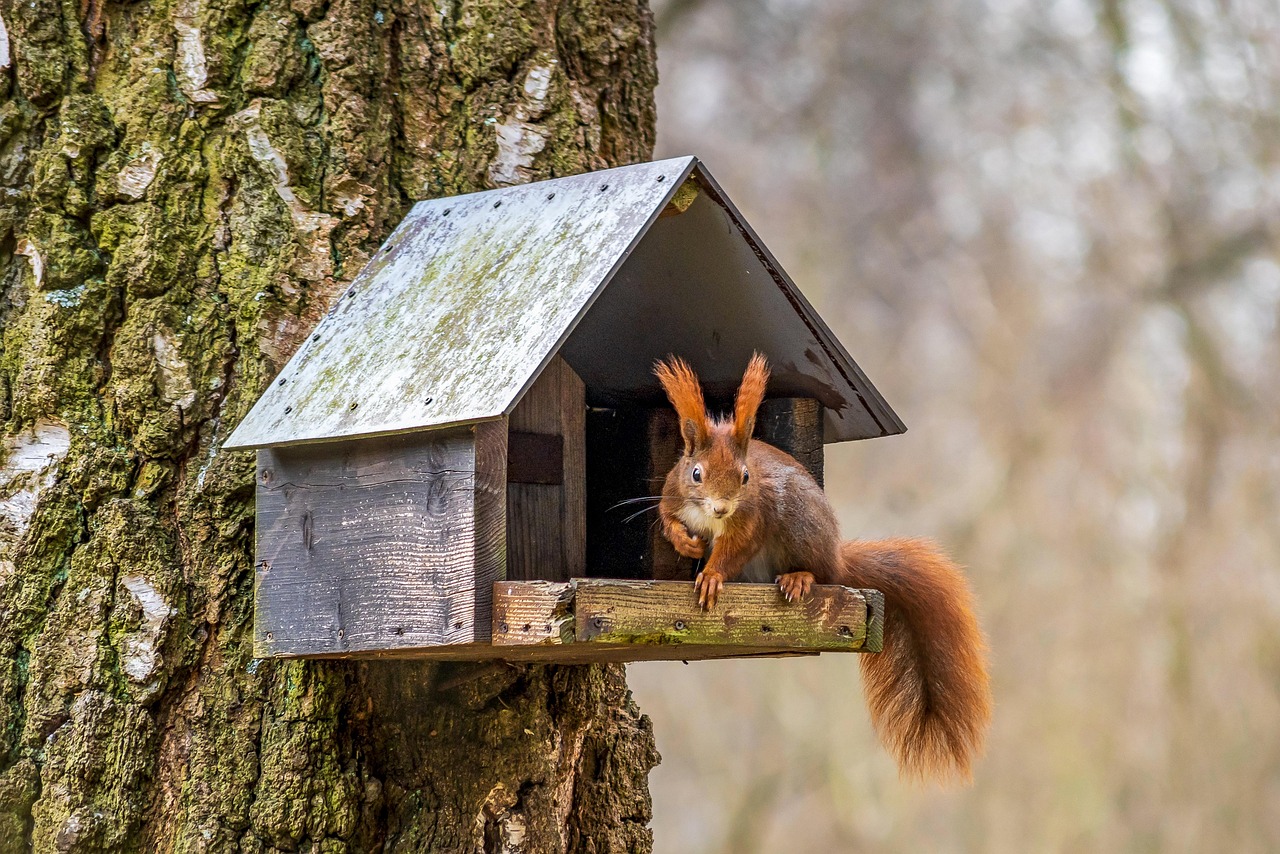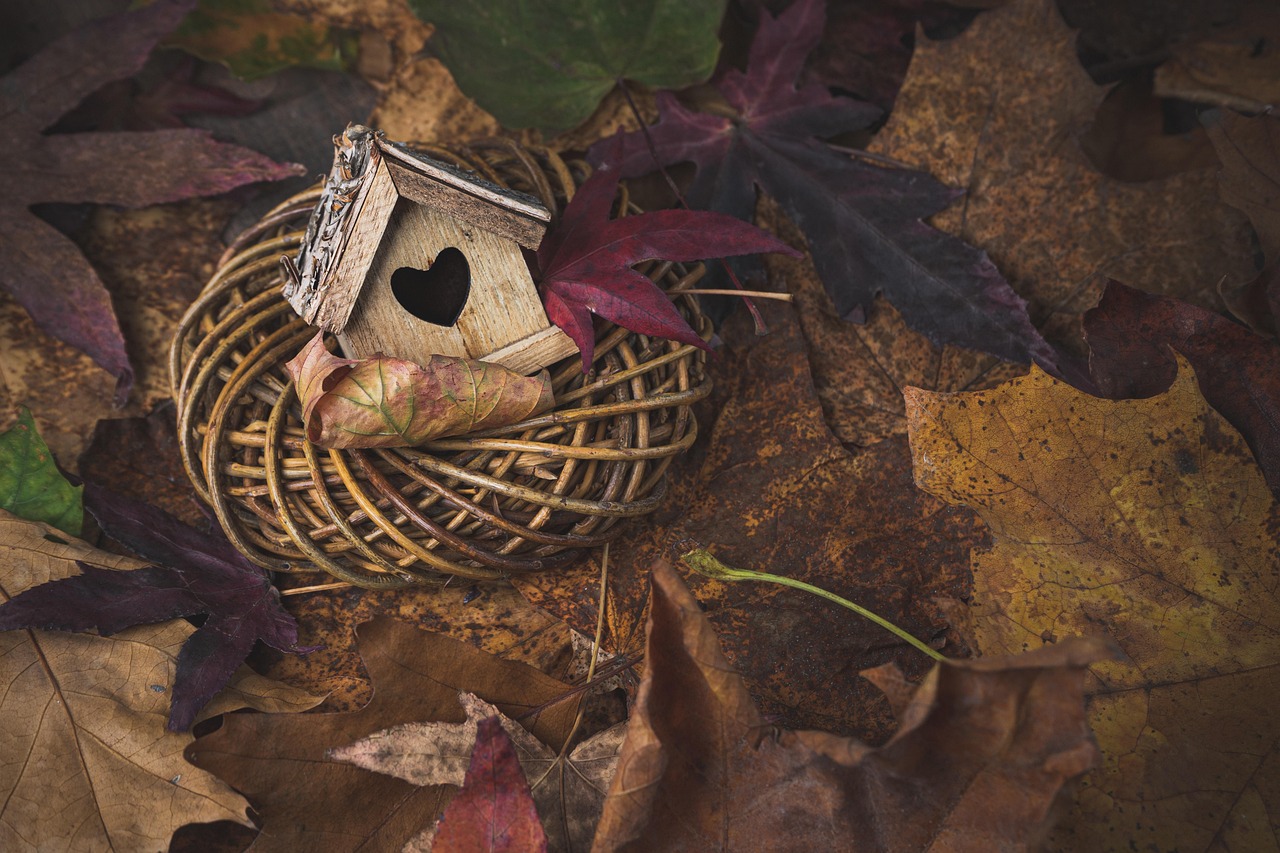Regular birdhouse maintenance is essential for creating healthy habitats. Annual tasks include cleaning out old nesting materials, checking for repairs, and ensuring proper drainage and ventilation. These steps help attract birds and promote their well-being throughout the seasons.
Birdhouses serve as vital shelters for various bird species. They provide safe nesting sites, protection from predators, and a comfortable environment for raising young. However, neglecting to maintain these structures can deter birds and compromise their health. Understanding the importance of regular upkeep is crucial for any bird enthusiast or homeowner looking to support local wildlife.
As seasons change, so do the needs of birds utilizing your birdhouses. In spring, many birds will begin to seek out nesting sites. Therefore, preparing your birdhouses ahead of time is essential. Cleaning them in late winter or early spring ensures that they are ready for occupancy as birds return from migration or begin their nesting activities.
Effective birdhouse maintenance consists of several key tasks that should be performed annually. These tasks not only ensure the structural integrity of the birdhouse but also promote a healthy environment for the birds. Below is a table summarizing the essential maintenance tasks and their timing:
| Task | Timing | Description |
|---|---|---|
| Clean Out Old Nesting Materials | Late Winter/Early Spring | Remove debris from previous seasons to prepare for new occupants. |
| Inspect for Repairs | Early Spring | Check for wear and tear, fixing any damage to keep the house safe. |
| Ensure Proper Drainage | Year-Round | Check drainage holes to prevent water accumulation inside the house. |
| Check Ventilation | Year-Round | Ensure airflow to keep the interior temperature regulated. |
| Monitor for Pests | Throughout the Year | Inspect for signs of pests or invasive species that could harm the birds. |
It’s important to remember that different bird species have unique nesting preferences. Consequently, the design of your birdhouse may need adjustments based on the birds you wish to attract. Factors such as entrance hole size, interior dimensions, and materials used can significantly impact the success of your birdhouses.
Adding a few features can enhance your birdhouse’s appeal. For example, placing a perch outside the entrance can be inviting for some species. However, it may deter others since perches can provide a landing spot for predators. Thus, research specific bird species before making modifications to ensure your efforts align with their needs.
The location of your birdhouses is also crucial. Position them in areas that are sheltered from harsh weather and direct sunlight. Ideally, birdhouses should be mounted at varying heights to accommodate different bird species and should be spaced adequately apart to reduce competition among nesting birds.
In addition to the physical attributes of the birdhouse, consider the surrounding environment. Planting native vegetation can provide natural resources such as food and shelter, further enticing birds to your yard. Native plants often attract insects, which serve as an essential food source for many bird species during nesting season.
Birdhouses are not just practical; they can also enhance your garden’s aesthetics. By selecting designs or colors that complement your outdoor space, you create a visually appealing habitat while supporting local wildlife. Therefore, it is beneficial to invest time in choosing the right style that aligns with your personal taste and ecological goals.
Essential Maintenance Tasks

The annual maintenance tasks outlined above are necessary for fostering a welcoming environment for birds. Each task plays a role in ensuring that your birdhouses remain functional and inviting. By committing to these practices, you contribute positively to your local ecosystem and enjoy the beauty of watching birds thrive in your yard.
As you embark on your journey of birdhouse maintenance, remember that patience and observation are key. Take note of which species visit your houses and adjust your maintenance practices accordingly. This will not only help create a better habitat but will also enhance your experience as a birdwatcher and nature lover.
Tools and Materials for Birdhouse Maintenance
Having the right tools and materials on hand can make birdhouse maintenance more efficient and effective. A well-prepared maintenance kit not only speeds up the process but also ensures that you can address any issues as they arise. Below is a list of essential tools and supplies you should consider for your birdhouse upkeep.
- Cleaning Supplies: Use a scrub brush, mild soap, and water for cleaning out old nesting materials. A small vacuum can also be useful for removing debris.
- Repair Tools: Keep a set of basic tools, including a screwdriver, hammer, and pliers, for making necessary repairs.
- Paint and Sealant: Non-toxic paint or sealant can help protect the exterior of the birdhouse from weather damage. Ensure that any materials used are safe for birds.
- Safety Gear: Wear gloves and a mask when cleaning to protect yourself from dust and allergens.
- Measuring Tape: Use this to ensure that entrance holes and other dimensions meet the specific needs of different bird species.
By gathering these materials before starting your maintenance tasks, you can streamline the process and ensure that you are fully equipped to provide a safe and healthy environment for your feathered friends.
Seasonal Maintenance Checklists
To facilitate effective birdhouse maintenance, it is helpful to establish seasonal checklists. These lists will guide you through the various tasks needed at different times of the year, ensuring nothing is overlooked. Below are recommended checklists for each season:
Spring Maintenance Checklist
- Inspect birdhouses for any signs of damage from winter weather.
- Clean out old nesting materials to prepare for new occupants.
- Check ventilation holes to ensure they are clear and functioning properly.
- Repaint or reseal any areas that show wear or damage.
- Ensure drainage holes are free from debris to prevent water accumulation.
Summer Maintenance Checklist
- Monitor birdhouses for signs of pests or invasive species.
- Keep an eye on the health of nesting birds and their young.
- Ensure that the surrounding vegetation is thriving and providing adequate cover.
- Check that birdhouses are stable and secure; reinforce if necessary.
Autumn Maintenance Checklist
- Remove old nesting material after young birds have fledged.
- Inspect for any structural damages that need repairs before winter.
- Consider adding insulation to keep birdhouses warm during colder months.
- Store or cover birdhouses to protect them from harsh winter weather if necessary.
Winter Maintenance Checklist
- Inspect stored birdhouses for any signs of moisture or mold.
- Plan repairs or refurbishments for the upcoming spring season.
- Review plans for new birdhouses or modifications based on your observations from the previous year.
Using these seasonal checklists will help you stay organized and ensure that you perform all necessary tasks throughout the year. Regular maintenance contributes to a healthier habitat for birds, allowing them to thrive in your yard.
Common Issues and Solutions
Even with diligent upkeep, birdhouses can encounter various issues over time. Being aware of common problems can help you address them promptly. Here are some frequent challenges along with their solutions:
- Pests: If you notice insects or rodents inside the birdhouse, clean it out thoroughly and use natural deterrents like peppermint oil.
- Mold Growth: If mold appears, clean it with a diluted vinegar solution. Ensure good ventilation to prevent future growth.
- Structural Damage: Look for cracks or loose parts. Use wood glue or screws to reinforce damaged areas as needed.
- Water Accumulation: If water pools inside, check that drainage holes are clear. Consider adding sloped roofs to promote better drainage.
By recognizing these issues early and taking appropriate action, you can maintain a safe and inviting space for birds throughout the year. Regular observation will also help you understand how environmental factors may impact your birdhouses.

The overall health of your local bird population reflects the care you put into maintaining their habitats. Engaging in proactive maintenance not only enhances your enjoyment of birdwatching but also contributes positively to the ecosystem in your community. As you continue to learn about best practices, you will feel increasingly empowered to create a sanctuary for your avian neighbors.
Choosing the Right Location for Birdhouses

The placement of birdhouses is crucial to their success. Choosing the right location not only attracts birds but also ensures their safety and comfort. Various factors influence the ideal site for a birdhouse, including environmental conditions, accessibility, and proximity to food sources.
Environmental Considerations
When selecting a location, consider the following environmental factors:
- Sunlight: Birdhouses should receive some sunlight but also have shaded areas to prevent overheating during hotter months. Early morning sun exposure can help warm the house and encourage early nesting.
- Wind Protection: Place birdhouses in sheltered areas to protect them from strong winds. This will help maintain a stable temperature inside and reduce stress for the birds.
- Water Sources: Proximity to natural water sources, such as ponds or streams, can attract birds. However, ensure the birdhouse is not too close to water, which may expose birds to predators.
Safety from Predators
Predation is a significant concern for nesting birds. To minimize risks, consider these tips when positioning your birdhouses:
- Height: Mount birdhouses at least 5 to 10 feet off the ground, depending on the species you wish to attract. This height can help deter many ground-based predators.
- Clear Surroundings: Ensure there are no low-hanging branches or dense shrubbery nearby that could provide cover for predators like cats or raccoons.
- Entrance Hole Size: Customize entrance hole sizes according to the species you want to attract. Smaller holes can deter larger birds and predators from entering.
Types of Birdhouses for Different Species
Not all birdhouses are created equal. Different bird species have varying preferences regarding size, shape, and materials. Here are some common types of birdhouses suitable for various species:
Open-Nesting Birds
Some birds, such as robins and blue jays, prefer open nests rather than traditional enclosed birdhouses. For these species, consider:
- Nesting Platforms: Flat surfaces with some overhead protection can serve as effective nesting sites.
- Baskets or Planters: These can be hung in trees or placed on ledges to provide alternative nesting options.
Cavity-Nesting Birds
Cavity-nesters, like chickadees and wrens, require enclosed spaces. Suitable designs include:
- Traditional Birdhouses: Standard designs with proper entrance hole sizes and ventilation are ideal for attracting cavity-nesting birds.
- Plywood Houses: Constructing houses from untreated plywood can be an economical option that provides insulation while being safe for birds.
Screech Owls and Other Larger Birds
Larger birds such as screech owls require larger, sturdier houses. Consider these features:
- Large Entrance Holes: Ensure that the entrance hole is big enough for larger birds while still being safe from smaller predators.
- Sturdy Construction: Use thicker wood and reinforcement to withstand the weight of larger birds and potential weather conditions.
Enhancing Birdhouse Appeal with Features

Adding features to your birdhouses can increase their attractiveness and functionality. Here are some ideas to enhance your birdhouses:
- Perches: While perches can be attractive to some species, they may also invite predators. Use them selectively based on the target bird species.
- Decorative Elements: Adding decorative features can make your birdhouses visually appealing. Consider using non-toxic paints or natural finishes that blend with the environment.
- Nesting Materials: Providing materials like straw, grass, and feathers nearby can encourage birds to take up residence in your birdhouse.
By understanding the needs of different bird species and enhancing your birdhouses appropriately, you can create a thriving environment for local wildlife. Your efforts will contribute significantly to creating healthy habitats for birds while enriching your outdoor experience. Observing their behaviors and interactions will deepen your appreciation for nature and the role you play in supporting it.
Investing time in thoughtful placement and design will lead to a successful birdhouse experience, attracting a diverse range of feathered visitors throughout the year. The journey of maintaining and enhancing these habitats is both rewarding and educational, providing valuable insights into the lives of birds in your area.
Additional Considerations for Birdhouse Maintenance
As you engage in ongoing birdhouse maintenance, there are several additional considerations to keep in mind. These factors can enhance your ability to attract and support a variety of bird species while ensuring their safety and comfort.
Monitoring Birdhouse Occupancy
Keeping track of which birds occupy your birdhouses can provide valuable insights into their preferences and behaviors. Here are some methods to monitor occupancy:
- Observation: Spend time watching the birdhouses during different times of the day. Noting which species enter and exit can help you understand their nesting habits.
- Record Keeping: Maintain a log of the species that visit and nest in your birdhouses each year. This information can help you adjust maintenance practices and even inform future placements or designs.
- Cameras: Installing a small camera near the birdhouse can offer a fascinating glimpse into the lives of birds as they build nests, lay eggs, and raise their young.
Education and Community Engagement
Birdhouse maintenance not only benefits your yard but can also serve as an opportunity for community engagement and education. Consider the following:
- Workshops: Host workshops or community events focused on birdhouse building and maintenance. Share knowledge about local bird species and their nesting needs.
- Partnerships: Collaborate with local schools, nature centers, or conservation organizations to promote awareness about native birds and their habitats.
- Citizen Science: Encourage community members to participate in citizen science projects that involve tracking bird populations or monitoring nesting success.
Sustainability Practices
Sustainable practices can further enhance your birdhouse maintenance efforts. Here are some ideas to consider:
- Recycled Materials: Use recycled wood or other sustainable materials when building new birdhouses or making repairs. This approach minimizes waste and promotes eco-friendly practices.
- Natural Finishes: Opt for natural stains or finishes that are safe for wildlife and environmentally friendly.
- Encouraging Biodiversity: Plant native vegetation around your birdhouses to create a rich ecosystem that supports not only birds but also other pollinators and wildlife.
Final Thoughts
Maintaining birdhouses is a rewarding endeavor that fosters a deeper connection with nature. By understanding the specific needs of various bird species and implementing annual maintenance tasks, you provide essential habitats for wildlife in your area. Your efforts not only contribute to the health of local ecosystems but also enhance your experience as a nature observer.
The insights gained from monitoring birdhouse occupancy and engaging with your community can lead to greater appreciation for avian life. Each successful nesting season not only brings joy but also strengthens the vital role birds play in our environment. Through thoughtful planning, consistent maintenance, and community involvement, you can create thriving habitats that benefit both birds and people.
As you continue this journey, remember that every effort counts. Whether it’s a simple cleaning task or a larger project, your commitment to maintaining birdhouses will undoubtedly pay off in countless ways—both in the joy of witnessing nature’s beauty and in contributing positively to the ecosystem around you. Embrace the process, stay curious, and enjoy the satisfaction that comes from supporting your feathered friends.
With each passing year, your knowledge and experience will grow, allowing you to create an even more inviting environment for birds. The world of birdwatching awaits you, filled with wonder and learning opportunities that enrich both your life and the lives of the birds you cherish.
